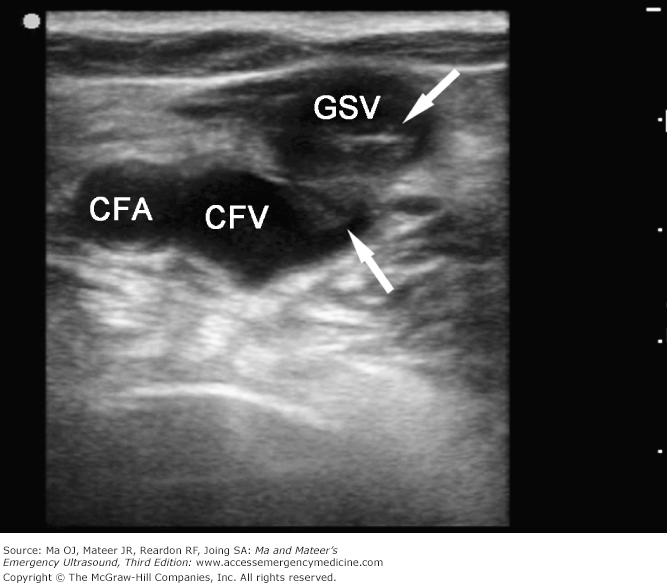[ad_1]
How is the flow of revenue in your healthcare practice these days? Or more precisely, how is your revenue cycle management progressing?
Medical professionals across the country have been seeing reduced levels of patient traffic during the coronavirus pandemic. Fear of infection keeps some people away from enclosed spaces, including doctors’ waiting rooms. It can lead practices to reconsider the costs of revenue cycle management.
But even before the current health crisis, you’ve been wondering about handing revenue cycle management over to a third party. If you’re not pleased with the efficiency of your current RCM setup, maybe it’s time to consider outsourcing this core component of your business.
For most medical practices, the decision to outsource billing or not boils down to one single factor—cost. It’s useful to consider the costs of healthcare RCM services now, to prepare your team for a potential change.
Costs Include Time and Effort
One reason many practices choose to outsource medical billing is they want to focus on their core competencies. The ideas is to spend more time diagnosing and taking care of patients. Outsourcing allows you to divert staff energy away from the complexities of billing.
When you look at the key tasks associated with RCM and how much expertise you need to have on staff to deal with it, outsourcing becomes attractive. As Cost Owl pointed out, there are 8 billing chores that require significant staff attention. A third party could probably handle them more efficiently than your team:
- Verify Insurance
- Enter Patient Demographics Into Records
- Specify the Charge Entry
- Submit Claim
- Await Payment to Post
- Conduct Follow-ups as Needed to Secure Payment
- Manage Denials
- Finish Reporting
Each task takes a varying amount of time and will be unpredictable to calculate. Think of employees waiting on hold to confirm a patient is currently insured. A lot of staff time goes to keeping track of unpaid bills and which bills have been pending the longest.
And there are many other details to sort out along the way. Your staff has to confirm that patients understand their financial obligations before services are rendered, for example. Then, some patients need reminder notices to pay bills. Further down the line, you switch over to sending very old bills to collections. Such tasks take more and more of your precious time.
Pricing Concerns and the Potential to Boost Revenue
Your practice would be correct to wonder about costs rising if you outsource billing. That can be chalked up to fear of the unknown. But it’s trivial to investigate costs and make comparisons.
“While paying a third party to handle billing sounds expensive, it is typically cheaper than having an internal billing department,” explained Cost Owl “With internal billing, you are paying not only the salary of your billing employees, but their healthcare, taxes, training, and ancillary office costs.”
Not only are practices then paying for lower quality billing, work is less accurate done in-house compared to experts taking on the task. “A business switching from an internal billing department to an external vendor can increase their revenue by $201,600 on average.”
Computing the Costs of Outsourced RCM Services
Medical Billing Service Review reports that doctors lose $125 billion every year on average because of billing claims that providers deny. Loss comes from mistakes in coding as well as from patients missing payment due dates.
A billing services business may not require signup fees. But you should be prepared to pay about $300 for each doctor on staff. If you run a large office with many doctors, the RCM services company may charge a flat fee, such as $1,000 for each office. Then, there are administrative fees. They tend to range from $3,000 to $6,000. Administrative fees are based on the size of your practice and how many patients you treat each year.
For claims processing, you have options to pay a flat rate or fees based on a percentage of the collected revenue. Remember that your income should actually go up and not down when you outsource RCM.
Even if you are paying more in fees now, the declining percentage of unpaid claims should more than offset the charges. Practices pay about 5% to 10% of money collected, per Medical Billing Service Review.
Flat fees tend to cost $4 to $6 per claim on average. Small offices in general will pay hourly fees. The charges are based on how much time the RCM company spent on collecting your bills. It will work out to approximately the same amount you’d pay a full-time staffer to take care of billing. However, you won’t be paying for full-time RCM work each month.
For a look at the bigger picture, Software Advice calculated that a practice with $2.5 million in annual claims would spend $120,000 to do billing in-house or $5,000 if outsourced. That $5,000 is not the only cost involved here, though. In-house processing of direct claims would cost $4,500 compared with $150,000 if outsourced. In-house collections would only reach 60% while a third party handling RCM services would collect 70%. The difference would be $1,367,500 net of cost in-house compared with $1,594, 500 when outsourcing RCM.
Keep in mind that an RCM business will devote themselves full-time to billing matters. They will also have less employee turnover than doctors’ offices see. In addition, their billing professionals will enjoy regular, ongoing training and higher levels of expertise as a result.
Key Takeaways:
- Decreased patient appointments and walk-ins due to fears of catching coronavirus in the waiting room cause lower revenue in medical practices.
- It makes sense to outsource revenue cycle management tasks to a third party if you calculate a higher flow of revenue by leaving the task to experts.
- While it can cost more for RCM outsourcing than paying for the work in-house, the higher success rates on claims more than offset the higher fees.
- Practices can focus on their core competencies to deliver high quality healthcare when they take their billing functions outside the office to third parties.
- Smaller practices sometimes pay on an hourly basis for outsourced RCM, but it’s less than having a full-time employee on staff. Larger practices pay flat rates or a percentage of revenue.
[ad_2]










